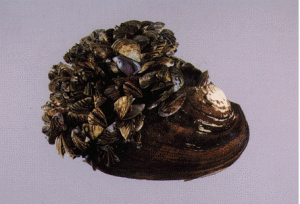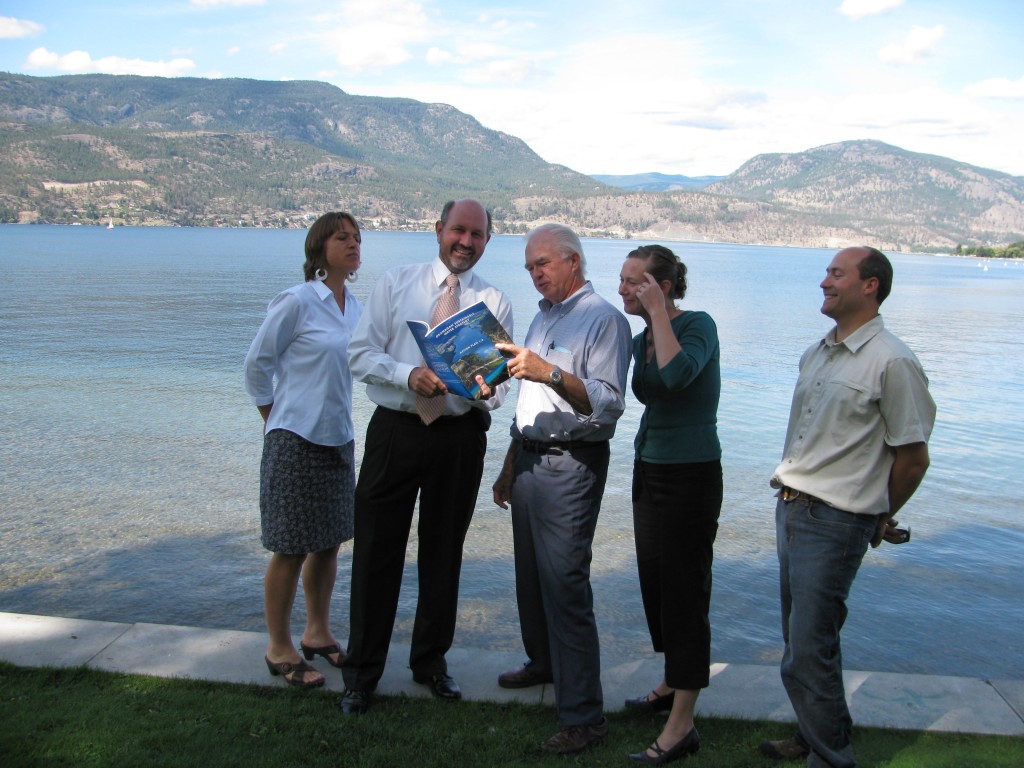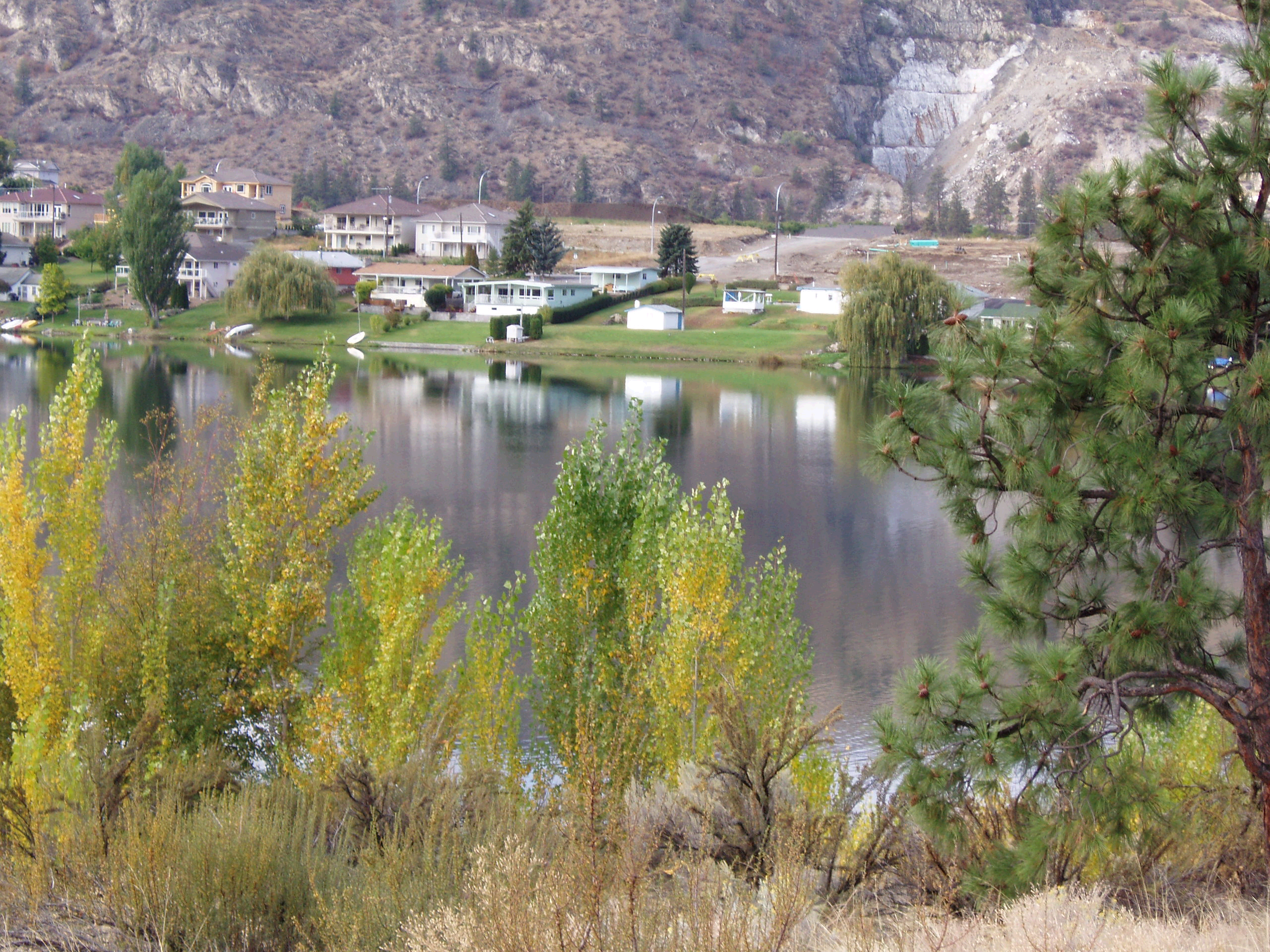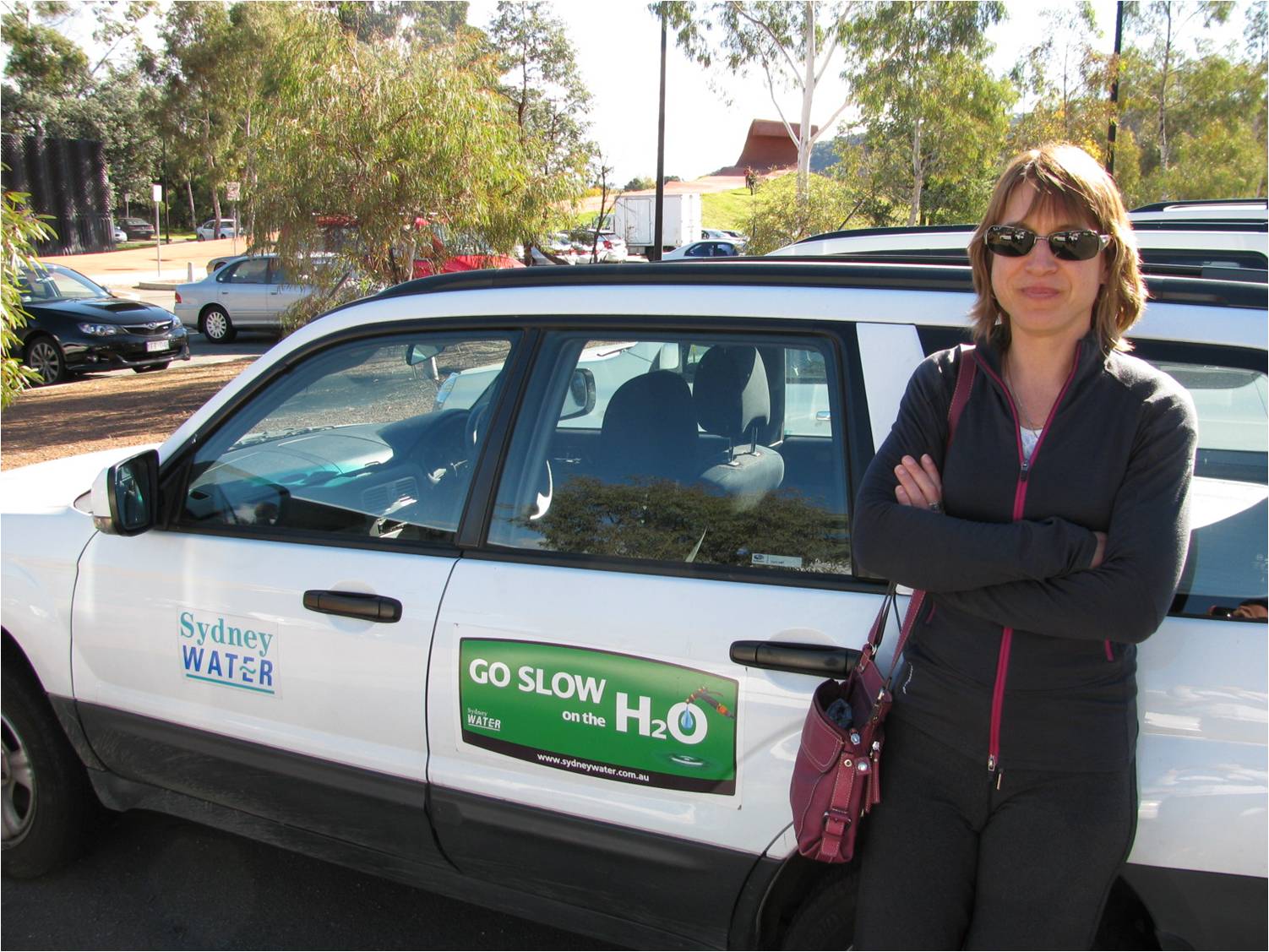“We shall neither fail nor falter; we shall not weaken or tire…give us the tools and we will finish the job.” – Winston Churchill
I once read about a farmer in Africa who’s land was bare, eroded and cracked by drought. Without many alternatives, he tried an ancient practice of piling small rows of rock along the contour of the slope. The rocks slowed overland flow from short cloudbursts, and captured dust and seeds from the wind. Within a season he could see the land begin to recover. It is a simple, effective technique now being used around the world.
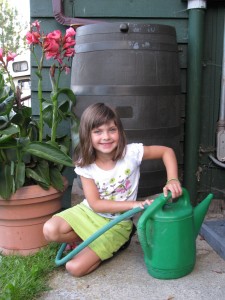
Okanagan old timers talk about how most people used to have rain cisterns for drinking water. Now, rain barrels supplement irrigation water in urban back yards, and divert water that might otherwise enter the storm system.
For a while after reading this, I walked around saying “we need more stone-age solutions!” Really, it’s about appropriate technology: sometimes you need a rock, sometimes a satellite.
As information and communication become more integrated (What was life like before the internet?), distributed networks are emerging as powerful components of our social system. Rather than Big Brother gathering data and taking top-down action, responsibility is shared.
It’s happening politically (the Arab Spring, the “Occupy” movement, and the BC trend to localize planning and decision-making), and it’s happening with resource management. With less funding and capacity from the central governments, we must figure out how to protect water quality, water supplies, and the health of the ecosystem by organizing the contributions of individuals across the region. Continue reading


